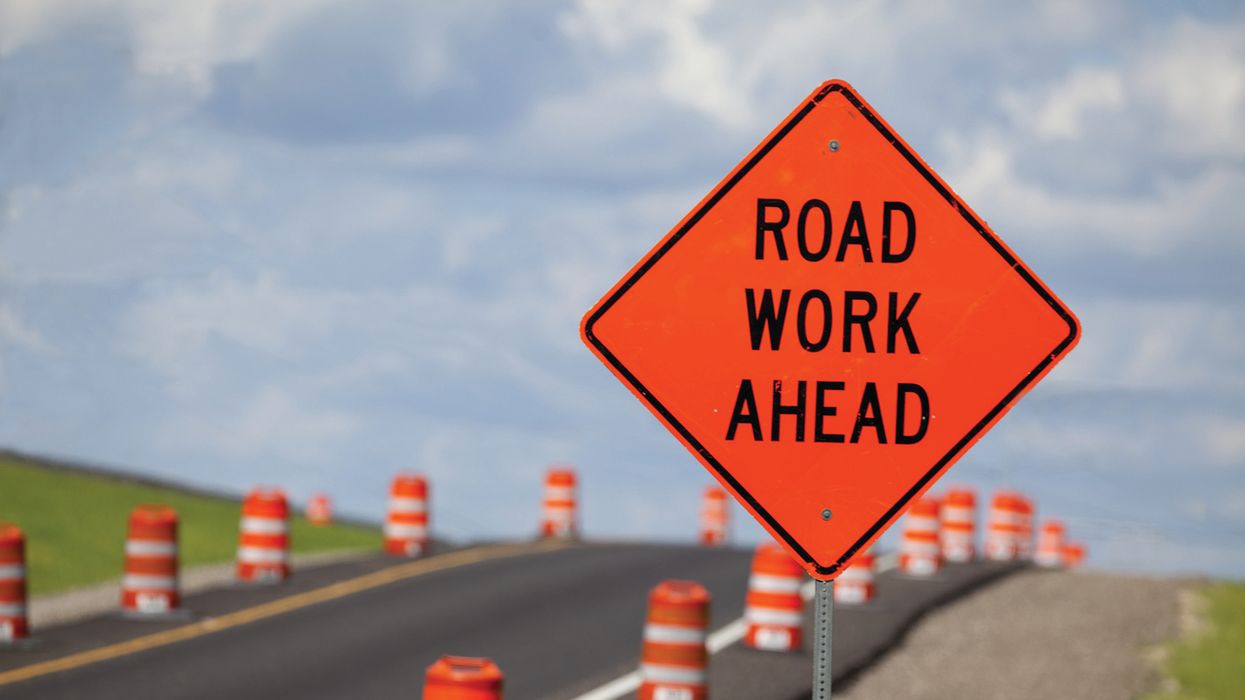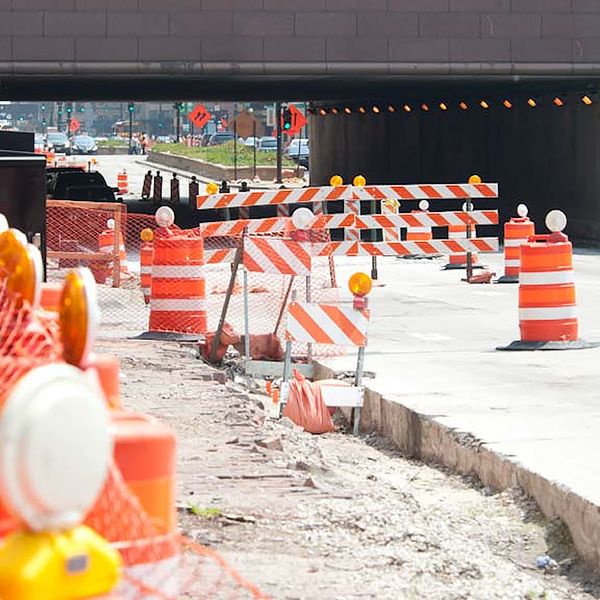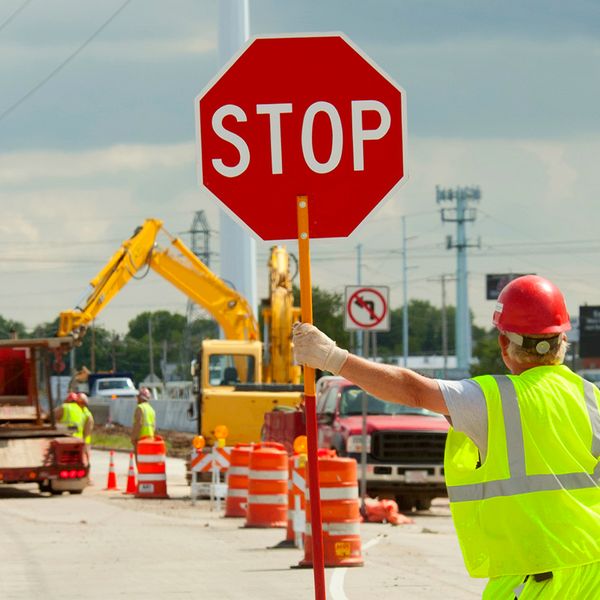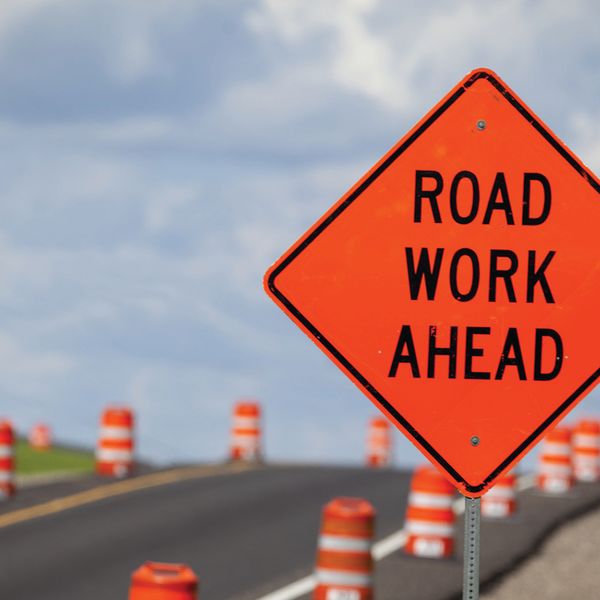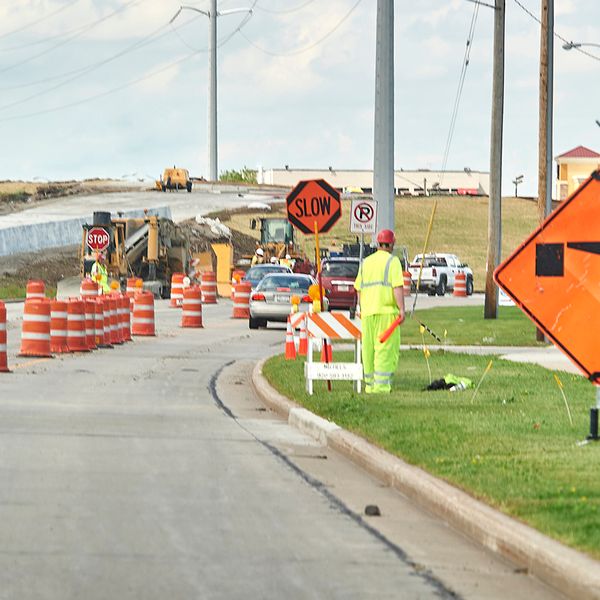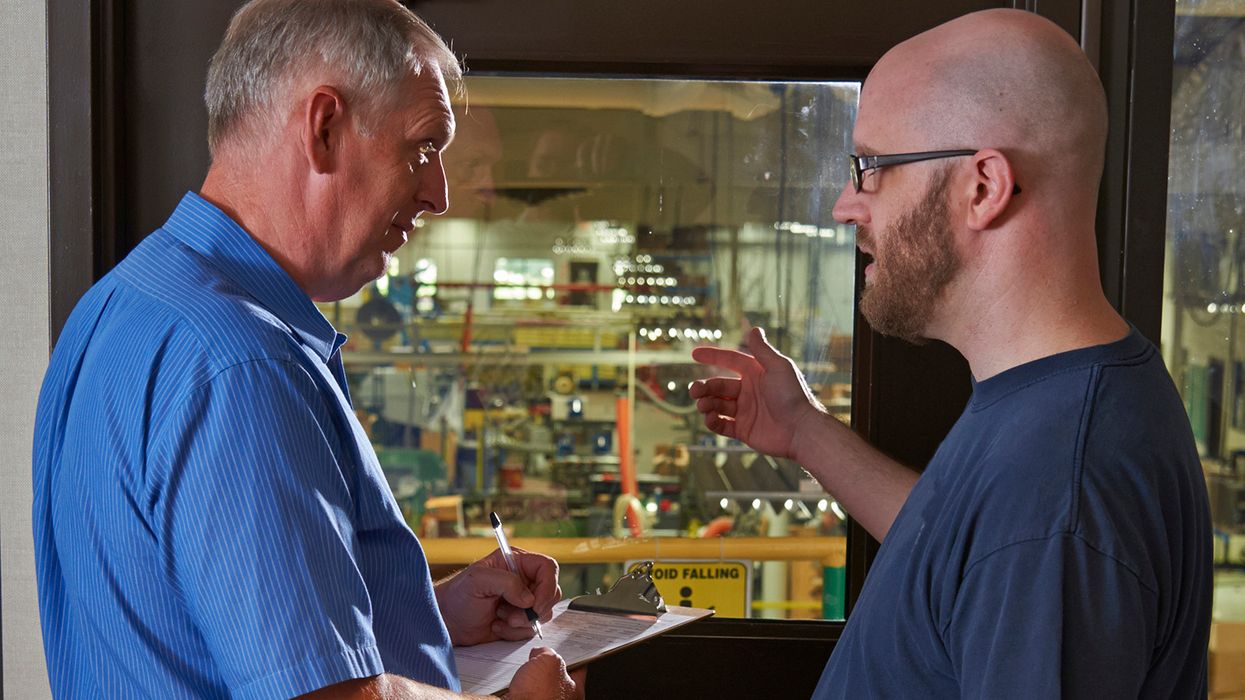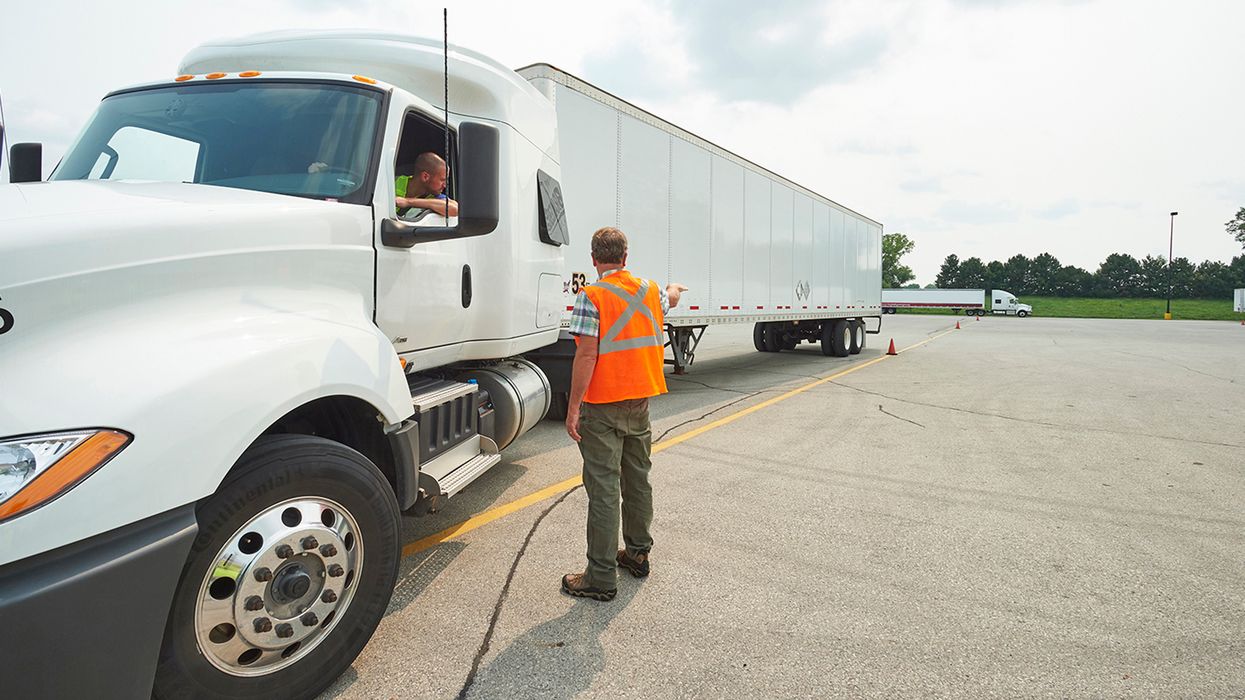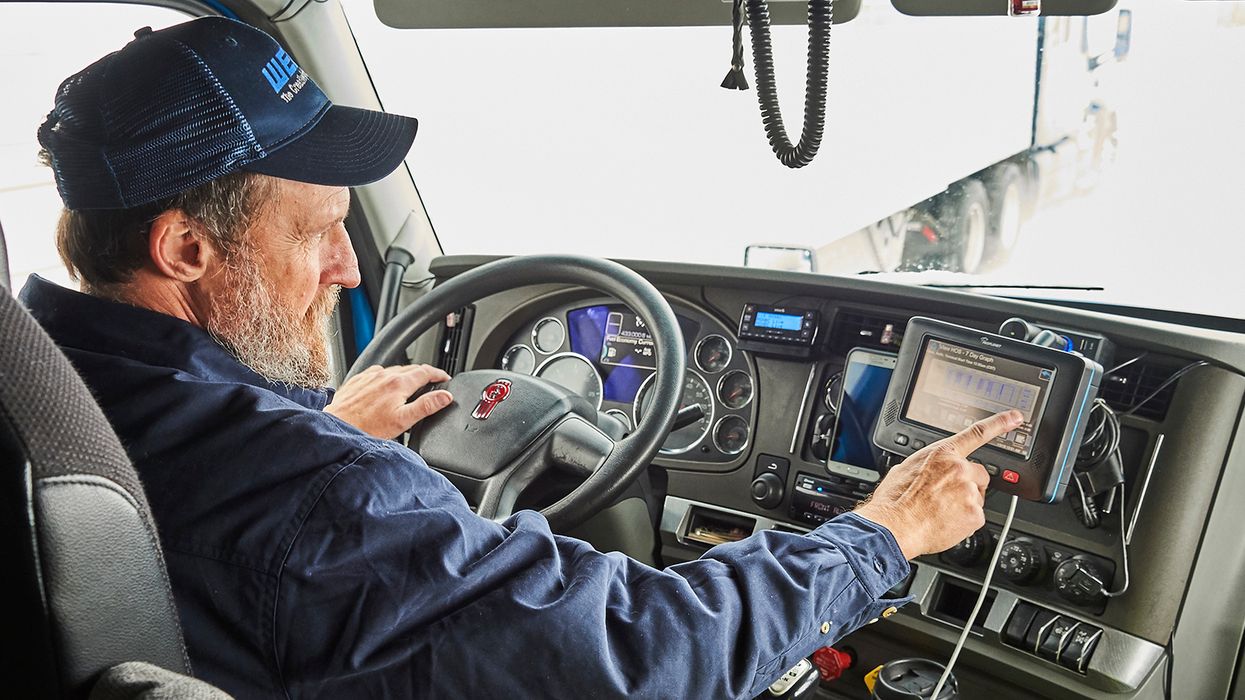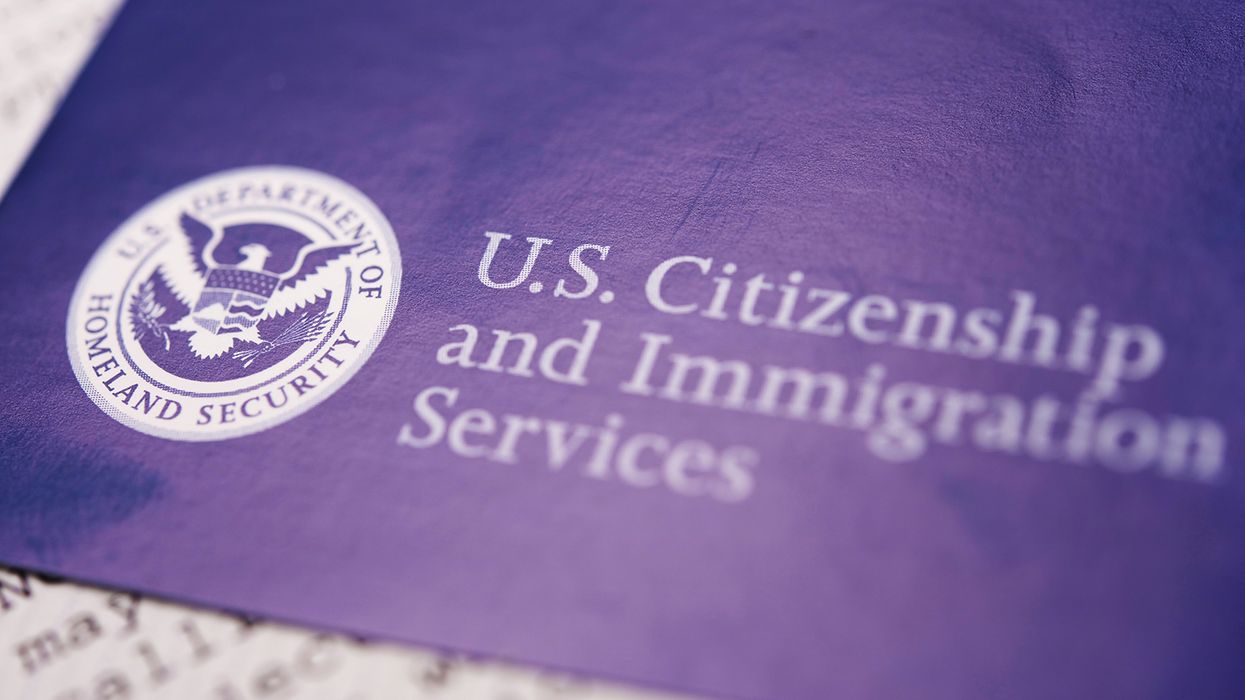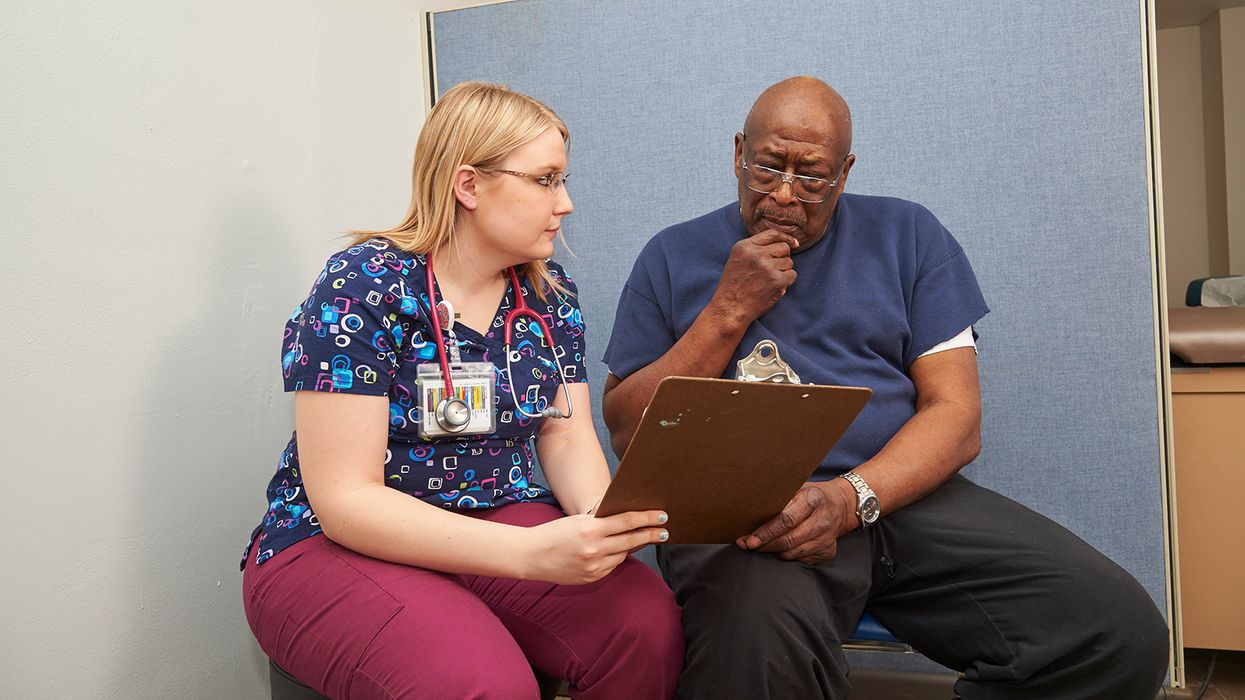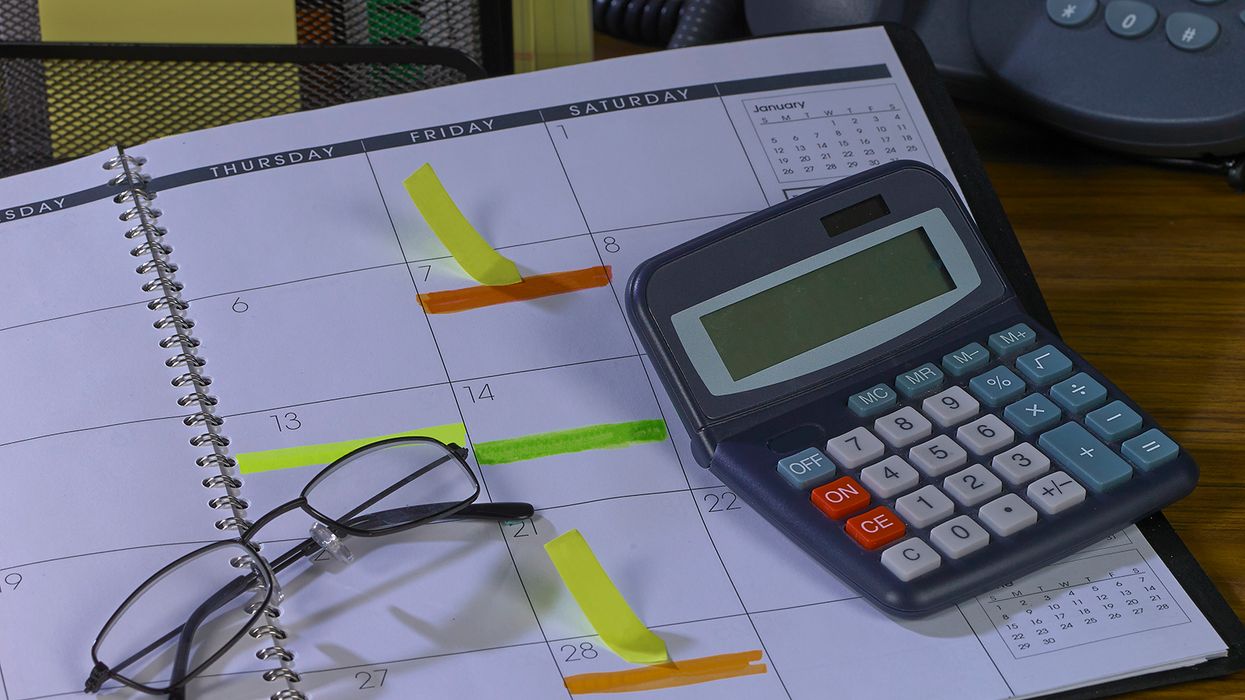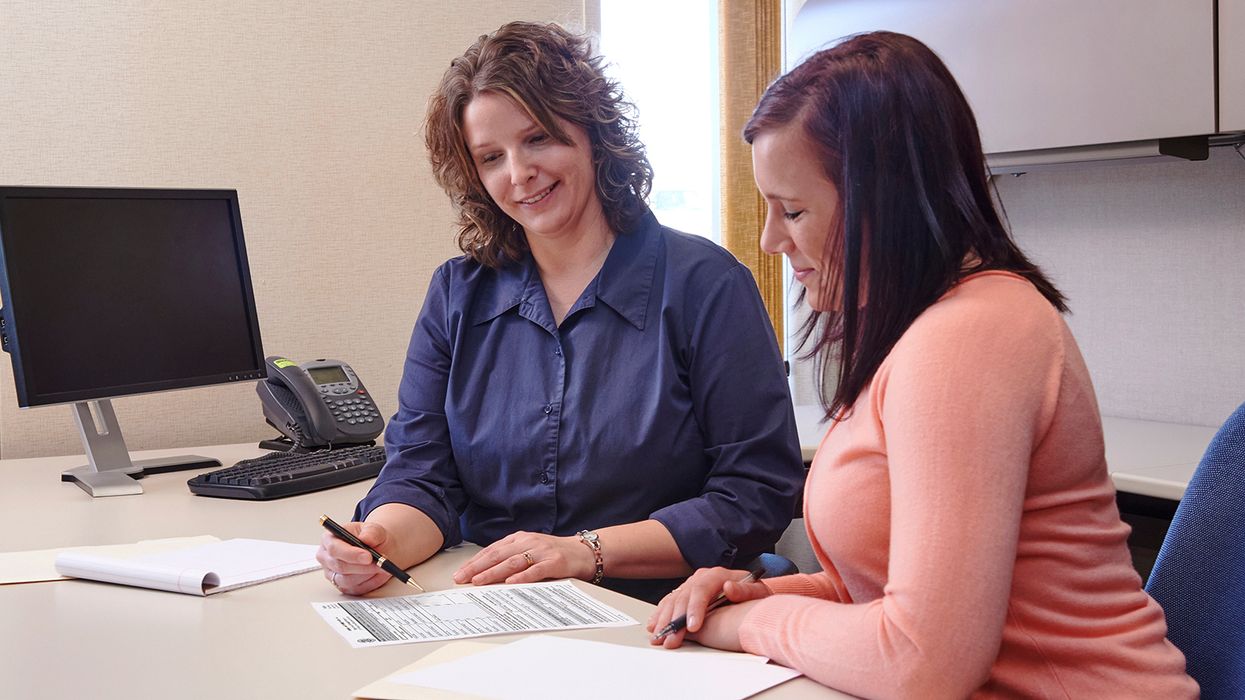Work zones: Recent BLS data shows 62 fatalities and 3,220 injuries in one year
Highway and street construction workers are at risk of injury and death when working near passing motorists, construction vehicles, and heavy equipment. According to the Bureau of Labor Statistics, in 2020 (the most recent year data is available) there were 62 fatalities and 3,220 injured in work zones.
What is the “work zone?”
It’s the area between the first warning sign and the last traffic control device. The work zone can also include non-roadway areas (e.g., shoulders and drainages), staging areas, and support areas for the work zone (e.g., temporary batch plants). It differs from the construction jobsite in that the work zone is near a roadway that has passing traffic.
How do you protect employees in the work zone?
Start with performing a hazard assessment of the work site. Don’t wait until you’re going to set up the work zone, scout the work site in advance. Document the hazards you discover and put a plan together to mitigate them if possible. Since you know what the hazards are at the site, use that information to train employees on how they can protection themselves from the hazards. Potential hazards to train on could include:
- Struck by equipment (dump trucks, excavators), objects (trench boxes being placed, falling materials), and passing motor vehicles.
- Falls, slips, trips—falls to lower level, falls on same level, and slips, trips without fall.
- Overexertion and bodily reaction—overexertion in lifting or lowering, and repetitive motion involving microtasks.
- Exposure to harmful substances or environments.
In addition, you must provide the necessary personal protective equipment (PPE. How do you figure out what PPE your workers need? Even though OSHA doesn’t require construction employers to perform a hazard assessment and PPE equipment selection (like they do for general industry) it’s a best practice to do so. If hazards are present that require PPE to protect workers, make sure you select, and have affected employees use the types of PPE that will protect them from the hazards identified in the hazard assessment. Also, ensure the PPE properly fits each employee.
Finally, if you’re in charge of setting up the work zone, follow the Manual on Uniform Traffic Control Devices,1988 Edition, Revision 3, or the Millennium Edition (MUTCD). This publication provides guidance to highway, street, and bridge construction companies in setting up safe work zones. An important aspect of that is knowing how to properly use traffic control devices, which are critical for the safe and efficient transportation of people and goods.
Key to remember
Highway and street construction employees are at risk of injury and death when working in work zones. To prevent injuries and fatalities, perform a site hazard assessment, train workers so they know how to protection themselves, do a PPE hazard assessment and provide the necessary PPE, and if applicable, setup the work zone following the MUTCD.

